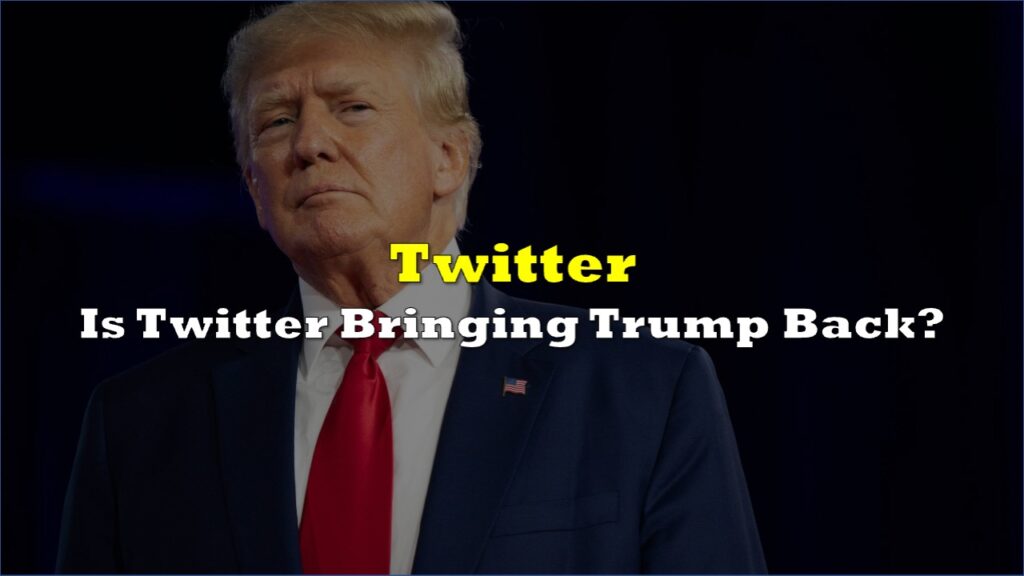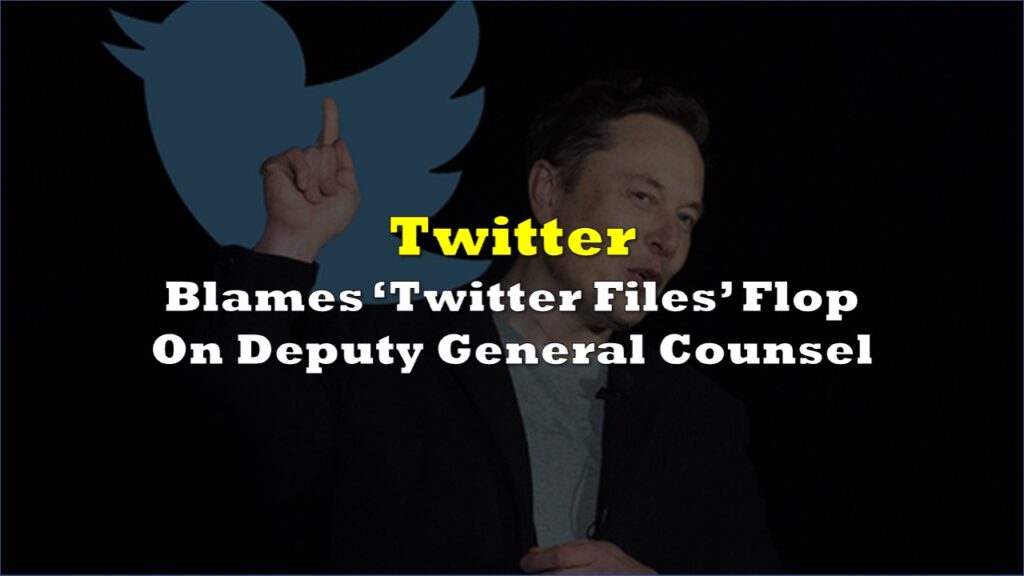Days after Elon Musk’s Twitter sweep of VIP users and notable organizations, blue check marks resurfaced on the accounts of a number of high-profile personalities, many of whom quickly stated that they did not request or want the new verification badge.
At first, it appeared like Twitter’s CEO and owner had done it out of spite. However, almost all celebrities with a large following have since regained their checkmark.
To name a few, those accounts include rapper Lil Nas X, The New York Times, scientist Neil deGrasse Tyson, writer Kara Swisher, and director Jon Favreau.
Like this is insane pic.twitter.com/LRL3BZqi6K
— Jason Goldman (@goldman) April 22, 2023
Musk’s Twitter began the Great Unchecking on Thursday, April 20 – while most have seen their legacy verification checks gone, a select few were surprised to see that they still have their blue checks and are suddenly “subscribed” to Twitter Blue.
The chief executive later confirmed that he is “paying for a few personally,” and LeBron James’ camp has also confirmed to The Verge that they’ve received an email that the company extended “a complimentary subscription to Twitter Blue for [his] account, @kingjames, on behalf of Elon Musk.”
I’m paying for a few personally
— Elon Musk (@elonmusk) April 20, 2023
The basketball star, best-selling author Stephen King, and actor William Shatner are among those who previously denounced paying the $8 per month for verification. It was King who is credited with bringing down Twitter Blue from the original price of $20 to $8.
Some are speculating that their new verification status, which now says that they paid for Twitter Blue, is Musk’s attempt at trolling them.
You’re welcome namaste 🙏
— Elon Musk (@elonmusk) April 20, 2023
Forced subscription–even the dead
It’s worth noting that Musk previously stated that Twitter’s previous checkmark system was erroneous since checkmarks were “often” given out “arbitrarily,” which was one of the reasons he offered for attaching the checkmark to a Twitter Blue subscription.
However, the system appears to be as arbitrary as ever right now. Some accounts were given the checkmark back, while others were not, and it appears that the major criterion is the amount of followers.
Mashable writer Matt Binder, who received the checkmark without subscribing to Twitter Blue, alleges he’s now been auto-subscribed to the plan with no way to remove it.
a new very funny development in Elon Musk shaming people with a free blue checkmark
— Matt Binder (@MattBinder) April 23, 2023
Twitter now officially subscribed me to Twitter Blue and you can’t cancel the plan lol pic.twitter.com/ch7DzNYBTJ
Even accounts of popular celebrities who have died, such as Bob Saget, Kirstie Alley, Norm MacDonald, and Barbara Walters, have had their authentication reinstated, however it is unknown how many of those badges are being distributed for free. This also included the Twitter account of the murdered journalist Jamal Khashoggi.
The spectacle merely added to Twitter’s escalating disarray and underlined how Musk has helped degrade the value of the blue check just as he is counting on it to help drive subscription income for his firm following a large dip in its core advertising business.
Norm Macdonald returned from the dead, subscribed to Twitter Blue for $8/month, and supplied his phone number so his resurrection could be verified. pic.twitter.com/S3MZ2tmpu5
— Matthew Yglesias (@mattyglesias) April 23, 2023
Boy genius, @Elonmusk, has verified Jamal Khashoggi's Twitter account, claiming "This account is verified because they are subscribed to Twitter Blue and verified their phone number." The Saudis murdered Khashoggi in 2018. pic.twitter.com/M2bxE7Fk1z
— Mark Elliott (@markmobility) April 23, 2023
The blue check symbol, which was once a recognizable online status indicator that was universally understood to identify prominent accounts on the site, has developed into something more perplexing as a result of Musk’s decision to make it available for a fee. It has also become blatantly politicized and a type of referendum on Musk himself, as evidenced by the recent dueling hashtags #paythe8, which represents advocates of the new-style verification, vs #blocktheblue, which represents its detractors.
The confusing checkmark
Musk blasted Twitter’s legacy approach to validating celebrities, news organizations, and government accounts just a week after buying it for $44 billion.
“Twitter’s current lords & peasants system for who has or doesn’t have a blue checkmark is bullshit. Power to the people! Blue for $8/month,” the Twitter CEO tweeted.
Twitter’s current lords & peasants system for who has or doesn’t have a blue checkmark is bullshit.
— Elon Musk (@elonmusk) November 1, 2022
Power to the people! Blue for $8/month.
Musk’s decision to proceed with this plan, first by introducing a paid verification option as part of the company’s subscription product Twitter Blue, and now by removing legacy blue checks from accounts, appears to have resulted in unintended consequences at every step, including a slew of troubling impersonations and the potential for new scams and misinformation. His attempts to rectify these unforced errors have brought him back to the system he ostensibly abolished — one in which Twitter chooses whether someone is respectable or important enough to obtain a verified badge on its own.
But Musk still believes in the revenue potential behind the blue checkmark, which was once merely a symbol of legitimacy. However, his anticipated wave of subscribers did not materialize when the unchecking went into effect on Thursday. According to Travis Brown, an independent researcher who keeps a regular track of paying Twitter users, the past few days have resulted in a net increase of only 12,000 Twitter Blue accounts, for a total of 551,517. In comparison, Twitter reported more than 237 million active users in its most recent publicly revealed data before becoming private.
Instead of conveying legitimacy, Twitter verification now sends several contradictory messages. Depending on the situation, verification can now serve as a kind of loyalty pledge, a show of proud support for Musk’s vision for the company. For those who did not want a badge but were given one anyhow, it may indicate a sense of humiliation or embarrassment, a particular sense of uncoolness.
The refusal of high-profile users to pay for verification is forcing Musk to shift in ways that directly undermine the equality he purports to promote and casts doubt on Twitter’s long-term income potential.
So, how do all the Musk fanboys and MAGA folks on this site feel about the fact that your conquering hero said he’d bring ‘equality’ and ‘people power’ to this site and then charged you all for Twitter Blue while giving it to people like me for free?
— Mehdi Hasan (@mehdirhasan) April 23, 2023
Do you feel… owned?
Potential legal trouble?
More than the confusion and “shame” brought by forced blue checkmark, the move is seen by observers as causing legal problems for Twitter.
As former National Finance Chair of Draft Biden Jon Cooper pointed out, Musk forcing the blue check on celebrity Twitter accounts against their will can arguably be a violation of the Lanham Act.
The Lanham Act is a United States federal law that governs trademarks, service marks, and unfair competition. Under section 43 of the law is a provision that prohibits false or misleading statements in connection with the sale or advertising of goods or services. Specifically, this section prohibits any false designation of origin, false or misleading descriptions of fact, or false or misleading representations of endorsement or association.
Arguably, given that Twitter Blue is a paid service, and if celebrities are being given the service for free albeit without permission, this can be tantamount to an endorsement of the product.
Question for legal experts: Does Elon’s decision to force the blue check on celebrity Twitter accounts, against their will, violate the Lanham Act? pic.twitter.com/rALvR6kwkU
— Jon Cooper (@joncoopertweets) April 23, 2023
The popular satire Twitter account @dril, run by Los Angeles writer Paul Dochney, speculated that Musk may have “fired the people in charge of telling him its illegal,” alluding to significant layoffs of Twitter staff under Musk’s tenure. In addition, @dril was one of the accounts that received the checkmark without paying for Twitter Blue, albeit his checkmark was shortly withdrawn and is no longer visible at the time of writing.
ok so:
— celeste ⍼ (@parafactual) April 22, 2023
– elon forced a bluecheck on dril
– dril keeps changing his display name to evade the bluecheck
– it keeps getting put back
the question is whether elon eventually adds a special rule to dril's account, such that it never loses its check. then dril impersonates exxonmobil
There are a lot of issues with the blue checkmark before Musk bought Twitter and it seems the situation has been muddled at best once the new owner made changes to the platform. However, it appears that the basic issue is that a verification system that relies on individuals paying for it dissolves quickly if the bulk of those people just refuse to pay for it.
Information for this story was found via CNN, Mashable, and the sources mentioned. The author has no securities or affiliations related to the organizations discussed. Not a recommendation to buy or sell. Always do additional research and consult a professional before purchasing a security. The author holds no licenses.









